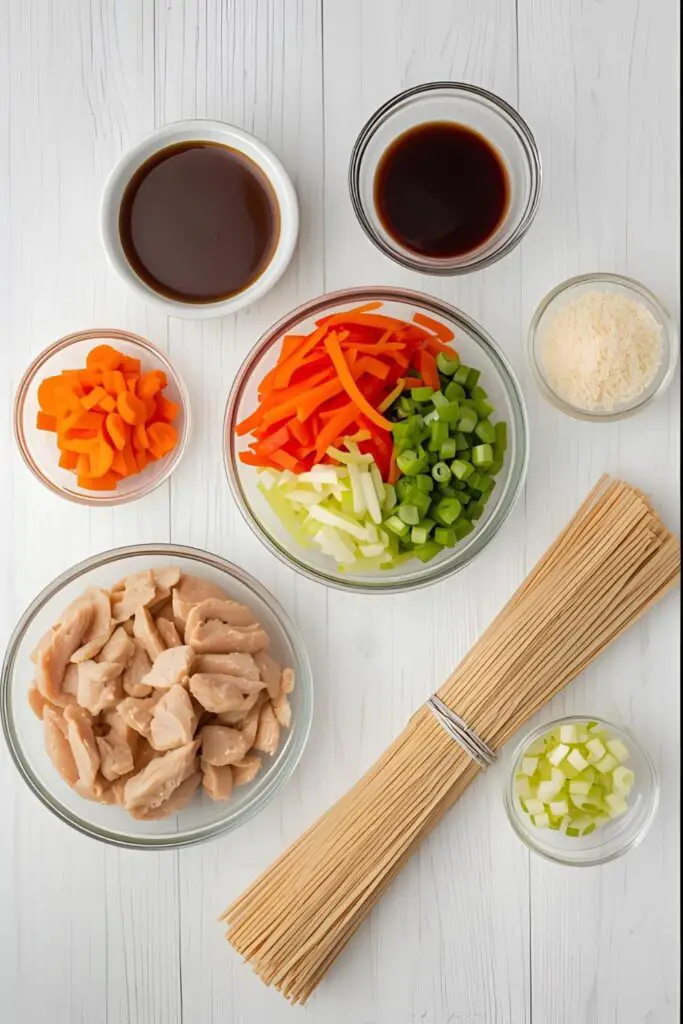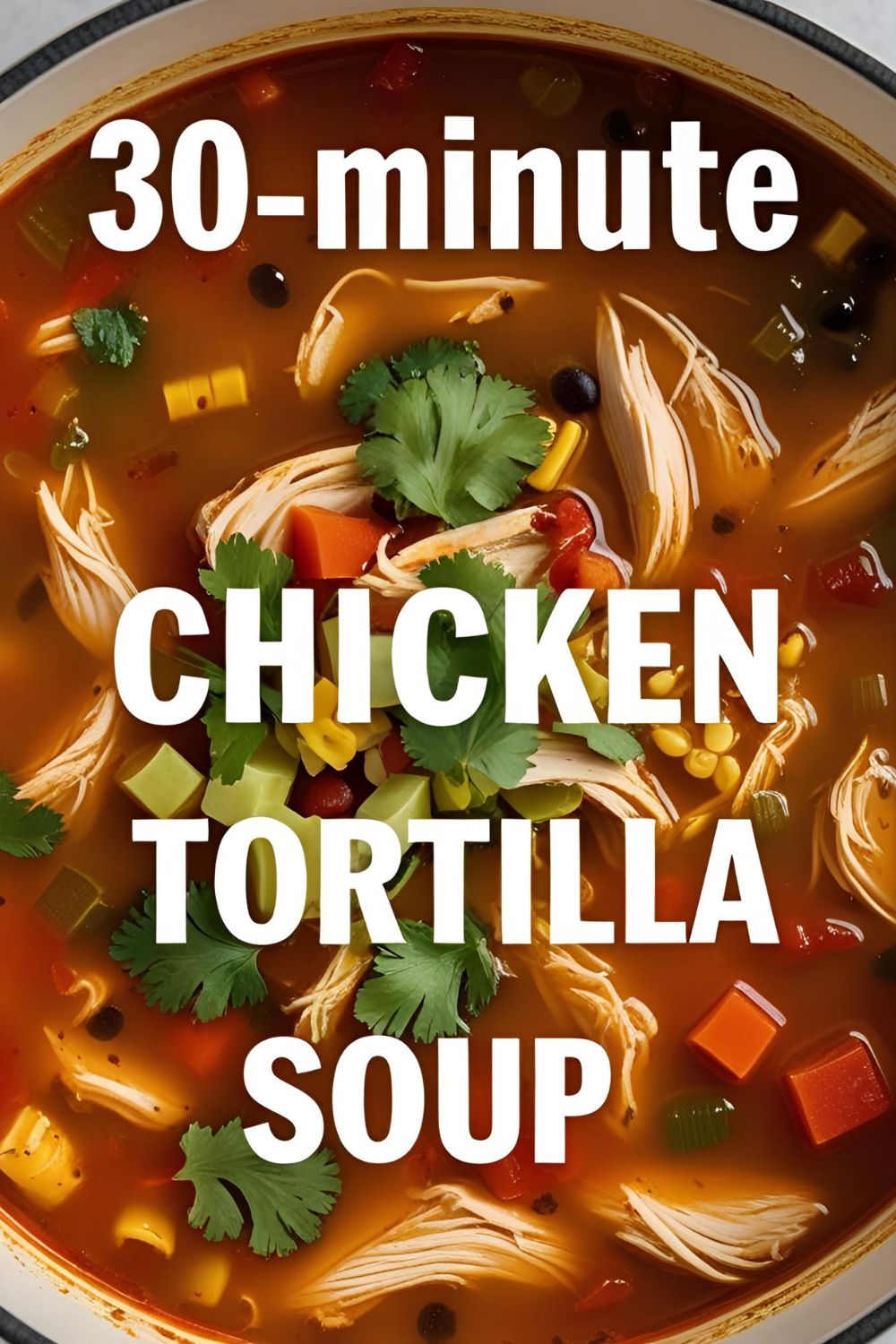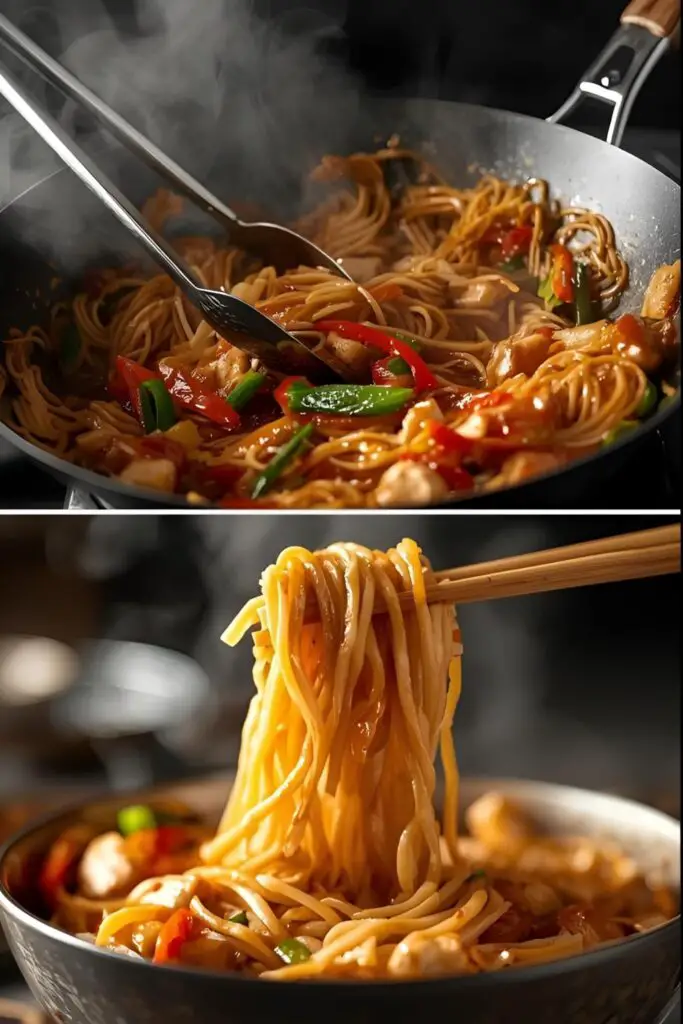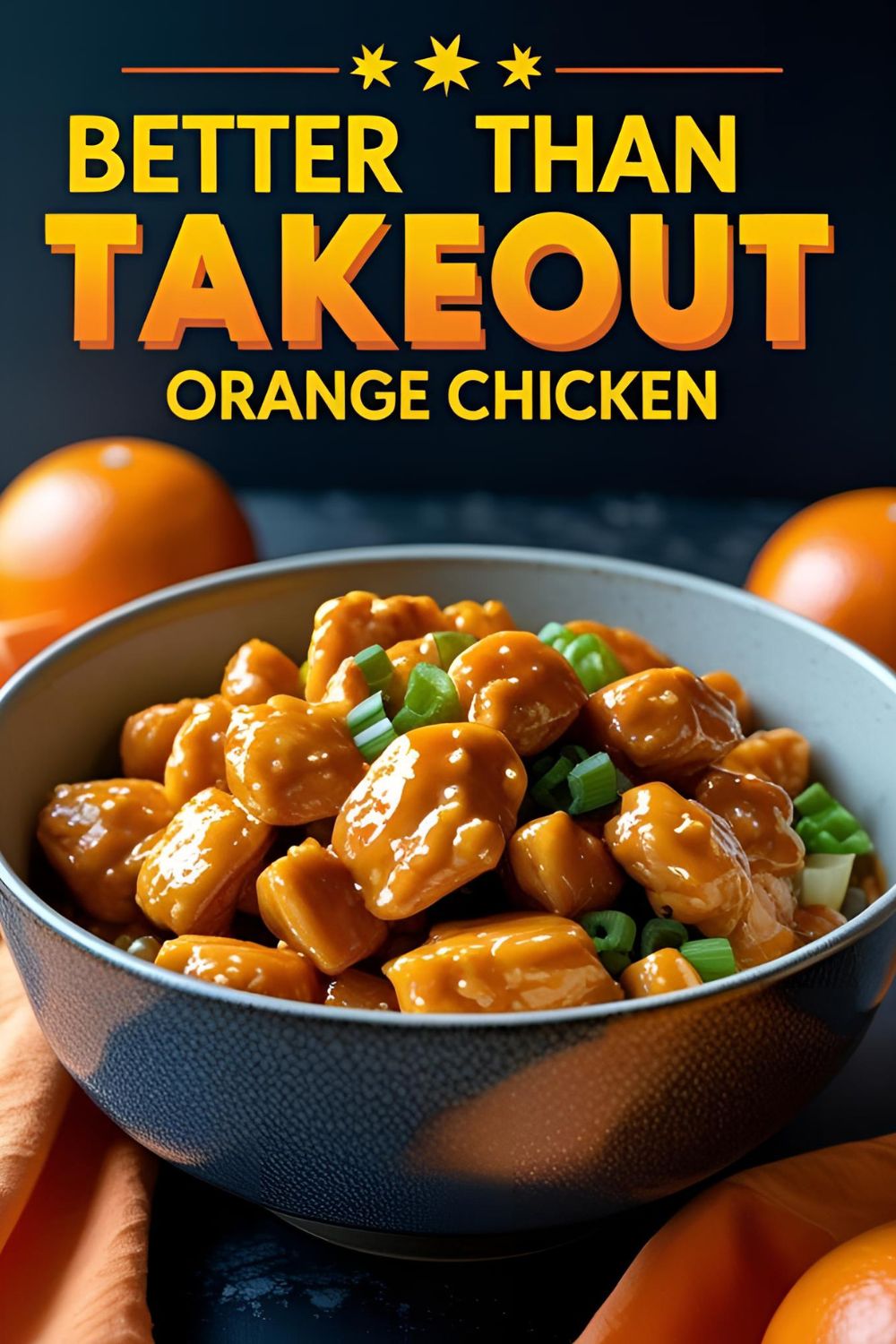asy Chicken Lo Mein That’ll Make You Break Up With Your Delivery App
It’s 6 PM. You’ve had a day. The thought of cooking a complicated meal is, frankly, laughable. The siren song of that little takeout app on your phone is getting louder and louder. But what if I told you that you could whip up a glorious, noodle-slurping, veggie-packed chicken lo mein recipe that’s faster, fresher, and frankly, way more delicious than waiting for a delivery driver to find your house? Intrigued? You should be.
Prepare to hang up on takeout for good. We’re about to create a one-pan (mostly) masterpiece that’s loaded with tender chicken, crisp-tender veggies, and slurp-worthy noodles, all coated in an addictive, savory sauce. This isn’t just dinner; it’s a victory lap for your weeknight.
Why This Homemade Lo Mein Is a Total Knockout
Still hovering over that “place order” button? Let me convince you to step away from the phone and head to the kitchen.
First and foremost, it’s ridiculously fast. Once you’ve done a bit of chopping, this entire dish comes together in about 15 minutes. Yes, you read that right. By the time you’d still be scrolling through a menu, you could be sitting down to a steaming bowl of noodle nirvana.
Second, you are the master of your noodle-verse. You control the ingredients. Want extra veggies? Go for it! Hate mushrooms? Banish them! Want it spicier? You’re the boss. This is fresh, vibrant food, not something that’s been sitting under a heat lamp for who knows how long.
Finally, the flavor is just… better. There’s something magical about the combination of fresh garlic and ginger, the perfectly cooked noodles, and a sauce that hasn’t been sitting in a giant vat. It’s a restaurant-quality meal without the restaurant price tag or the questionable food handling practices. What’s not to love?
The Lo Mein A-List (Ingredients)
A great lo mein is all about the balance of its components. Here’s your dream team, broken down for easy prep.
For the Magical Lo Mein Sauce:
- Low-Sodium Soy Sauce: ¼ cup. (Use tamari for a gluten-free option).
- Toasted Sesame Oil: 1 tablespoon. This stuff is potent and amazing; a little goes a long way.
- Hoisin Sauce: 2 tablespoons. For that sweet, savory, umami depth.
- Rice Vinegar: 1 teaspoon. For a bright, tangy note to cut the richness.
- Brown Sugar or Honey: 1 teaspoon. Just a touch of sweetness to balance everything out.
- Minced Garlic: 2 cloves.
- Grated Fresh Ginger: 1 teaspoon.
- Cornstarch: 1 teaspoon. Our secret weapon for a sauce that actually clings to the noodles.
For the Main Event (Chicken & Noodles):
- Lo Mein Noodles: 8 ounces. These are typically fresh or dried egg noodles. In a pinch, you can absolutely use spaghetti or linguine.
- Boneless, Skinless Chicken Breast or Thighs: 1 pound, thinly sliced against the grain.
- Vegetable or Sesame Oil: For stir-frying.
For the Veggie Crew (The More, the Merrier!):
- Carrots: 1 large, julienned or thinly sliced.
- Bell Pepper: 1 (any color), thinly sliced.
- Snow Peas: 1 cup.
- Bok Choy or Napa Cabbage: 2 cups, roughly chopped.
- Scallions: 3-4, sliced, with whites and greens separated.
Your Wok & Roll Toolkit
For a successful stir-fry, having your tools ready is just as important as having your ingredients prepped.
- A Wok or a Large, Heavy-Bottomed Skillet: A wok is the traditional choice for its even heat distribution, but a large skillet will get the job done.
- Large Pot: For boiling those glorious noodles.
- Colander: To drain the noodles.
- Sharp Chef’s Knife and a Large Cutting Board: For all that slicing and dicing.
- Several Small Bowls: This is non-negotiable for stir-frying! You need to have every ingredient prepped and in its own bowl before you start cooking. This is called mise en place.
- Whisk: For creating that smooth, perfect sauce.
- Tongs or Long Chopsticks: For tossing everything together like a pro.
Step-by-Step to Noodle Nirvana
Ready to become a lo mein legend? The key is in the prep. Once you start cooking, it all happens in a flash!
Step 1: The All-Important Prep (Mise en Place)
This is the most crucial step! Do not start cooking until this is done.
- Whisk the Sauce: In a small bowl, whisk together all the sauce ingredients: soy sauce, sesame oil, hoisin sauce, rice vinegar, brown sugar, garlic, ginger, and cornstarch. Set it aside.
- Chop Everything: Thinly slice your chicken. Julienne or slice your carrots and bell pepper. Chop your bok choy. Slice your scallions, keeping the white and green parts separate. Have your snow peas ready to go.
- Organize: Place each prepped ingredient in its own small bowl. You should have a beautiful, organized lineup of everything you need.
Step 2: Cook the Noodles
Bring a large pot of salted water to a boil. Cook your lo mein noodles according to the package directions until they are al dente (firm to the bite). Drain them in a colander and immediately rinse with cold water to stop the cooking process. Toss the cooled noodles with a teaspoon of sesame oil to prevent them from sticking together in a sad, giant clump.
Step 3: Cook the Chicken
Heat about a tablespoon of oil in your wok or large skillet over high heat until it’s shimmering. Add the sliced chicken in a single layer. Do not overcrowd the pan! Cook in two batches if you have to. Stir-fry for 3-5 minutes, until the chicken is golden brown and cooked through. Remove the cooked chicken from the wok and set it aside on a plate.
Step 4: Stir-Fry the Veggies
Add another splash of oil to the hot wok. Add the carrots and bell peppers and stir-fry for 2-3 minutes until they begin to soften. Add the snow peas and bok choy and the white parts of the scallions. Continue to stir-fry for another 1-2 minutes until the vegetables are crisp-tender.
Step 5: The Grand Finale
Return the cooked chicken to the wok with the vegetables. Add the cooked noodles. Give the sauce a quick re-whisk and then pour it all over everything in the wok.
Using your tongs, toss everything together continuously for 1-2 minutes until the sauce bubbles, thickens, and beautifully coats every single noodle, piece of chicken, and veggie.
Step 6: Serve It Hot!
Remove the wok from the heat. Stir in the green parts of the scallions. Serve immediately in big, steaming bowls. Garnish with some extra sesame seeds if you’re feeling fancy. Now, go find some chopsticks and dig in!
Calories & Nutritional Info (Better Than the Box)
Because you control the ingredients, this homemade version is generally a much more balanced meal than its takeout counterpart.
- Serving Size: About 2 cups
- Estimated Calories: 450-550
- Protein: A solid 30g+ from the chicken.
- Vitamins: Loaded with them, thanks to all those colorful veggies.
- Carbohydrates: From the noodles and a little sugar in the sauce.
Common Mistakes to Avoid (Save Your Stir-Fry!)
- The “I’ll Prep as I Go” Disaster: I will say this until I’m blue in the face. You must prep everything before you turn on the heat. Stir-frying happens too fast for you to be chopping veggies while your garlic is burning. Embrace the mise en place!
- Soggy Noodle City: You overcooked your noodles. They will continue to cook a little when you toss them in the hot sauce. Cook them al dente and rinse with cold water.
- The Steamed, Not Seared, Situation: You crowded the pan with too much chicken or veggies at once. This drops the temperature and steams the food instead of giving it that beautiful stir-fry sear. Cook in batches if your pan isn’t big enough.
- Limp, Lifeless Veggies: You cooked them for too long. The goal is crisp-tender, not mushy. They should still have a little bite.
Variations & Customizations (Your Lo Mein, Your Rules)
This recipe is a fantastic template. Feel free to play around and make it your own.
1. Vegetarian or Vegan Lo Mein
Ditch the chicken and hoisin sauce (some brands contain fish). Use firm, pressed tofu (cubed and pan-fried) or a medley of shiitake and cremini mushrooms. Use a vegetarian stir-fry sauce and make sure your noodles are egg-free for a vegan version.
2. Spicy Sriracha Lo Mein
Are you a fan of the heat? Add 1-2 tablespoons of sriracha or chili garlic sauce to your sauce mixture. You can also toss in a few dried red chili peppers when you stir-fry the veggies.
3. Beef & Broccoli Lo Mein
Swap the chicken for about a pound of thinly sliced flank steak. Cook it quickly over high heat until just seared. Add some broccoli florets along with your other veggies for a classic and delicious combination.
FAQ: Your Noodle Nightmares, Answered
Let’s clear up some common lo mein questions.
1. What is the actual difference between Lo Mein and Chow Mein? The main difference is in the noodle preparation. In Lo Mein, the noodles are boiled, drained, and then tossed with the sauce and other ingredients, making them soft. In Chow Mein, the noodles are often pan-fried until crispy before being combined with the other ingredients.
2. I can’t find Lo Mein noodles. Can I use spaghetti? Yes, you absolutely can! It’s a very common and acceptable substitute. It won’t have the same slightly chewy, springy texture as traditional egg noodles, but it will still be delicious.
3. What other vegetables can I add? The sky’s the limit! Broccoli florets, sliced mushrooms, baby corn, water chestnuts, bean sprouts, and shredded cabbage are all fantastic additions.
4. How do I get my chicken so tender? Slicing it thinly against the grain is key. Also, be careful not to overcook it during the initial stir-fry.
5. Can I make this gluten-free? Definitely. Use a gluten-free tamari instead of soy sauce, ensure your hoisin sauce is gluten-free, and use gluten-free noodles (like those made from rice or corn).
6. My sauce is too thin! How can I fix it? The cornstarch in the sauce should thicken it up nicely as it simmers. If it’s still too thin for your liking, you can create a small slurry by whisking 1 teaspoon of cornstarch with 2 teaspoons of cold water, then stir that into the simmering sauce.
7. How do I store and reheat leftovers? Store leftovers in an airtight container in the refrigerator for up to 3 days. Reheat in a hot skillet with a splash of water or soy sauce to loosen up the noodles, or simply pop it in the microwave.
Final Thoughts
You did it. You stared down the takeout menu and you won. You are now the proud creator of a delicious, vibrant, and surprisingly easy chicken lo mein that will make you feel like a stir-fry superstar. Your kitchen smells amazing, your wallet is a little heavier, and your taste buds are doing a happy dance.
So go ahead, grab your chopsticks (or a fork, no judgment here), and dive into your masterpiece. You’ve officially conquered the weeknight dinner dilemma. Takeout? You don’t know her anymore.




